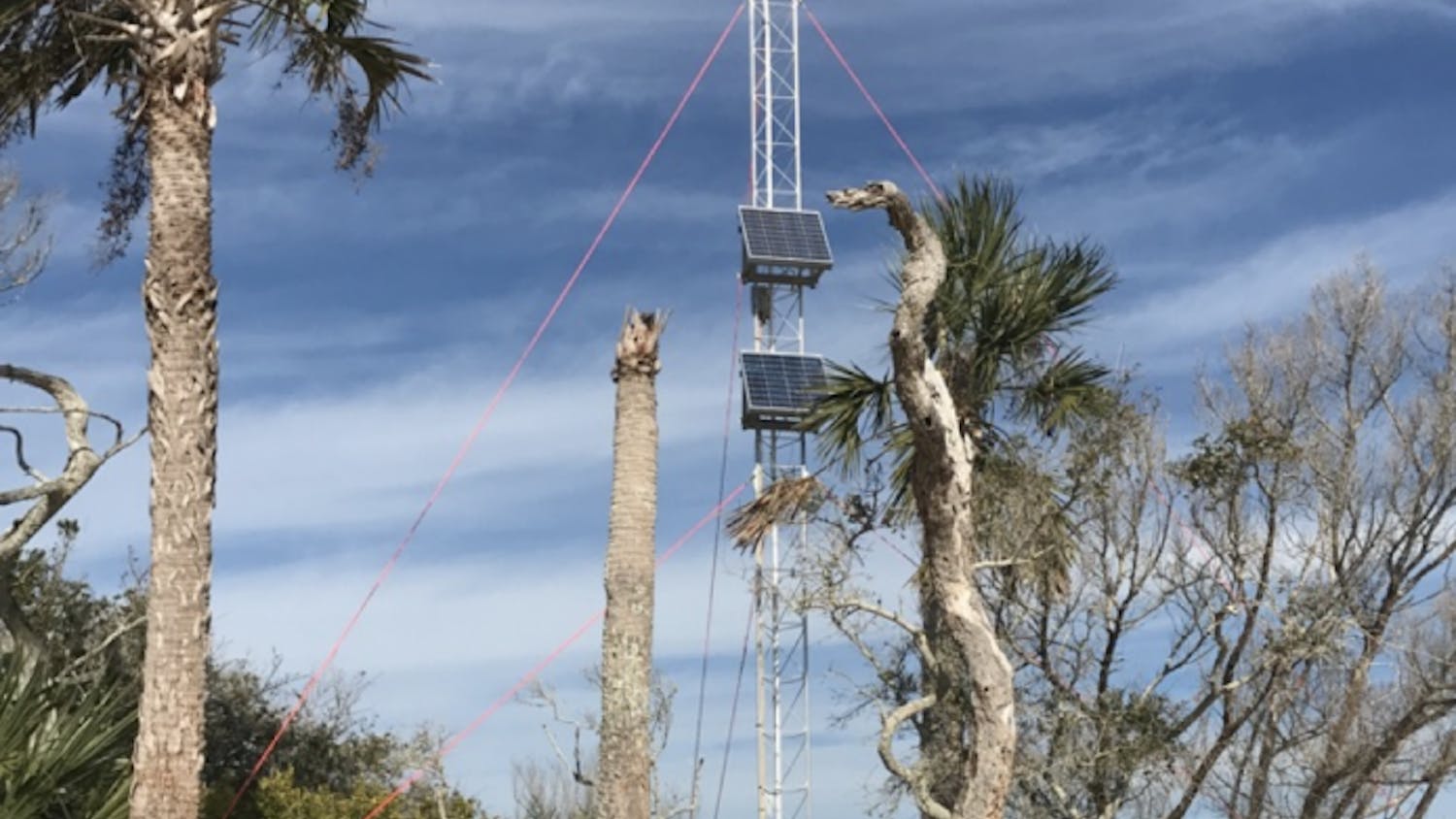Drones are not the silver bullets we’ve made them out to be. On one hand, they facilitate our objectives by killing high-value targets without risking American lives. But on the other hand, we have to deeply consider the consequences, ranging from civilian deaths to the deception and secrecy with which our government conducts these drone strikes.
Despite these objections, the Obama administration and advocates continue to champion drones as a viable strategy, and according to the latest 2015 Pew data, 58 percent of Americans agree with using drones to target extremists. So, let’s re-examine this together.
First off, the civilian-to-militant death ratio is disgraceful. Roughly estimated at one in every five from the Bureau of Investigative Journalism's data, the civilian death rate is a direct result of the way we implement drone strikes. We develop our terrorist kill list from both signals intelligence, such as cellphone and computer communications data, and “pre-crime,” which is determined by an individual’s recorded background and possible connections to terror networks.
How accurate are such data collection methods? Well, a 2013 Pentagon study thoroughly details their inaccuracies given the remote geography of our target areas in Yemen and Somalia. Further compounding the inaccuracy is the fact that the nearest U.S. air base to such target areas is in Djibouti, making reconnaissance flights difficult because our aircraft spend half of their flight time simply making the complete journey.
So, sometimes our drones target and kill only militants. Other times, we have cases like the first Obama-authorized strike in Yemen in December 2009, when we targeted a village with only one al-Qaida affiliate and wound up killing 41 civilians, including 14 women and 21 children. Likewise, just a year ago in January 2015, a CIA-intelligence failure resulted in one of our drone strikes in Pakistan killing two hostages, one American and one Italian. There is effectively no oversight on our government agencies’ authorization of drone strikes, which has resulted in a gradual shift from Bush’s ground war in the Middle East to Obama’s drone war.
Don’t get me wrong: I like the president, and I believe he operates with good intentions. However, when our use of drones has increased eight-fold since the Bush administration and a preponderance of civilian casualties gives innocent families a tangible reason to fear and hate the U.S., we need to reconsider our strategy.
Even Malala Yousafzai, in her sit-down with Obama back in August 2013, challenged the president on his drone strategy by arguing, “Innocent victims are killed in these acts, and they lead to resentment among the Pakistani people.” If Malala says drones are no good, we should probably listen. On the administration’s lack of accountability and transparency, we’ve killed eight terrorist-affiliated American citizens with drones on the basis of war crimes without any attempt to process them through a military court or tribunal, as is their constitutional right of due process.
To paraphrase Jeremy Scahill, a renowned war reporter, what does it say about us when we become complacent with our executive branch authorizing the assassination of fellow American citizens without any presentation of evidence to the public or a judicial review? And none of the countries in question — Pakistan, Yemen, Somalia — are engaged in a declared war with the U.S., which implicates a myriad of concerns regarding international law.
Bear in mind that we’re discussing the drone legacy of Obama: the supposed pacifist, lame duck and ineffectual president, who displays American weakness to the rest of the world. With the 2016 election rapidly approaching, we must ask ourselves: What happens when a potential Trump or Cruz presidency assumes such unrestrained power?
With this image in mind coupled with resumed, Obama-authorized drone strikes in Pakistan in 2016, hopefully you now sense the urgent need for us all to have a conversation about drones and when to use them, who can authorize them and how they should be used.
David Hoffman is a UF history and physics sophomore. His column appears on Tuesdays.





